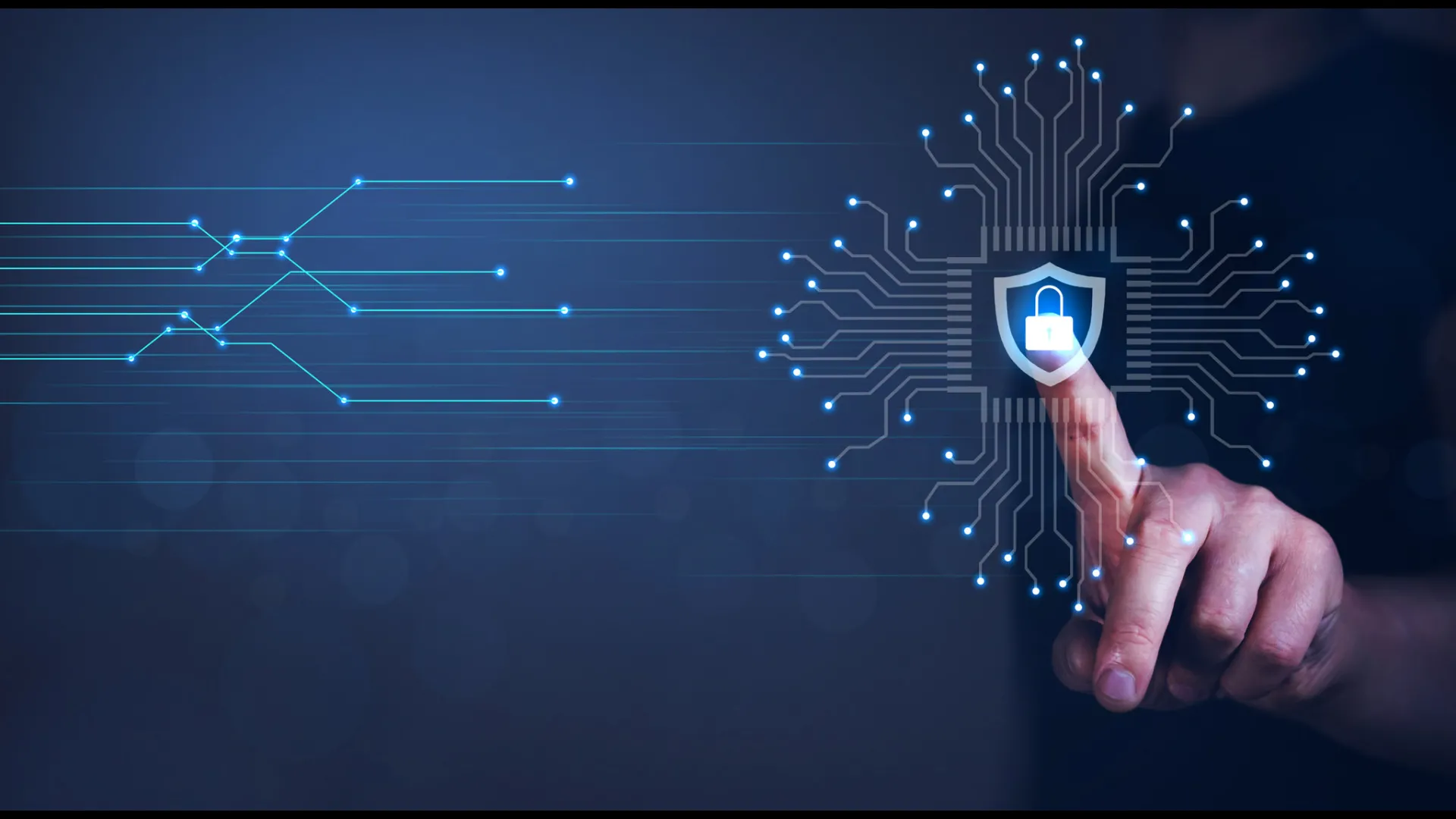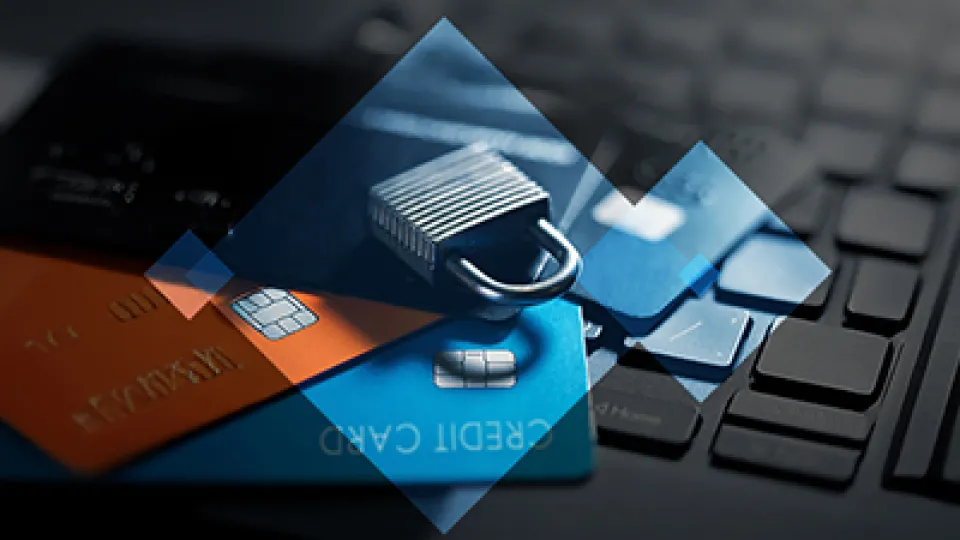Organizations are dealing with significant increases in the use of digital identities, and ensuring that the proper security and privacy of these identities that are implemented is critical.
For organizations to operate efficiently and effectively, it needs to depend on reliable and strong authentication. For this purpose, putting digital identity at the center of a business model ensures that governance and processes are aligned as well as increased protection for all entities - humans, devices, applications and machines.
What is Identity Management?
Identity management, also known as identity and access management (IAM) is a framework of policies and technologies that are required for the purpose of controlling information about users on computers. It is the discipline that ensures that only authorized individuals have access to certain resources at the right times and tools to carry out their required roles within the business.
IAM solves the critical requirement to provide appropriate resource access across increasingly diverse technology environments, as well as to meet ever more stringent compliance requirements. It is becoming more business-oriented, and it necessitates business abilities as well as technical expertise.
Identity Management Methods of Access Control
All organizations should have a process in place for ensuring individuals have the appropriate access to technology resources. This includes the identification, authentication and authorization of a person to have access to the necessary applications, systems and networks and not having more access to privileges than required. This can be achieved by associating user rights and restrictions with established identities.
IAM methods control access to on-premise and cloud assets, data and applications based on user and application identity which should align with the IT administrative policies of the organization.
Identity and access management concepts should include:
- Authentication - verifying the user, applications and services
- Authorization - allowing access to specific resources and functions
- Identity providers, secret vaults, and Hardware Security Modules (HSMs) - managing and safeguarding security credentials, keys, certificates and secrets - at rest or in transit
- Provenance - verifying the identity or authenticity of code
Systems used for IAM include:
- Single sign-on (SSO) - one set of log-in credentials (username and password) entered one time
- Multi-factor authentication* - requires the user to present two or more identifying credentials in addition to a username to gain access to applications. For example, this could be a password and a temporary code
- Privileged access management (PAM) - reserved for users such a admins or DevOps that may make changes to applications, databases, systems or servers
Enterprises that establish sophisticated IAM capabilities can lower their identity management expenses while also becoming much more agile in supporting new business objectives.
Identity and Access Management does not stop here
Machine identities also need to be considered and cannot be ignored - they also need to identify themselves to each other. The more devices a company has means more connectivity, and this means an enterprise-wide strategy is required for managing machine identities, certificates and secrets.
Identities are required for all entities - humans, devices, software and machines.
Given an organization's high amount of sensitive data, secure identity management is a requirement. This is where digital identity management plays a key role.
*Integrating PKI with multi-factor authentication will assist organizations in transitioning away from passwords and toward a holistic, identity-first approach to cybersecurity.
A Very Short Introduction to Digital Identity
A digital identity is a method of identifying an entity electronically. It is the data that uniquely describes a human, organization, application or device/ machine that can be used in a digital environment. Digital identity involves the identification and authentication of the entity in order to assign digital representation to the entity (for example, if the entity is a human, then the name, location, role, age etc needs to be correct and associated with the person presenting the attribute).
The process of managing and securing digital identities through authentication, encryption, and signing is known as digital identity management. The ultimate goal is to protect an organization's reputation by accurately authenticating and authorizing an endpoint, transaction, or data in order to avoid a breach and/or downtime. The security of people, data, devices, and applications is what digital identity management relates to.
Digital identities are how trust is communicated and embedded within our digital society and therefore, their significance in our online society cannot be overemphasized.
The eIDAS Regulation & Digital Identities for Humans
The eIDAS Regulation, or Regulation on Electronic Identification and Trust Services, went into force on 1st July, 2016. It establishes the legal foundation for harmonizing digital identity and trust services in the European Economic Area (EEA), allowing businesses, consumers, and governments to communicate on a national and international scale.
By ensuring stringent methods of authentication and validation of service users and adoption of strong operational controls, a ‘trust service’ provides a high degree of confidence and trustworthiness. Trust services need to be performed through a trust service provider - an entity that provides digital certificates for the purpose of authenticating digital identities.
The Regulation provides the regulatory environment related to an officially authenticated electronic identity, allowing an individual or legal entity to conduct business electronically, including the signing of documents.
Through mechanisms such as verifying the identity of individuals and businesses online and verifying the authenticity of electronic data, trust services increase confidence in the use of electronic transactions.
u.trust Identify provides identity lifecycle management - generation, renewal and revoking of digital certificates for secure authentication of users, applications and connected devices.
Machine Digital Identities
In a typical organization, machines such as services and IoT devices, far outnumber humans and have become critical to day to day business operations. For machines and devices such as IoT, trust must begin throughout the manufacturing process and throughout their entire lifecycle.
At the point of manufacture, each component in a networked production environment must "know and trust" each other, as well as "identify" themselves with their digital identity - cryptographic techniques enable strong encryption and qualified identity validation. We should also bear in mind that a final good may contain the components of several different manufacturers. Therefore, component authentication is a crucial factor of a security and safety strategy for ensuring secure communication as well as software and firmware updates over the product's lifetime.
When components are enhanced through cryptographic key injection during the manufacturing process, the path to secure identity begins. Key injection gives every device an identity and needs to be generated by a Hardware Security Module (HSM) that securely manages and stores all keys and sensitive data in one single, centralized location .
Hardware root of trust techniques, for example, provide a foundation identity. However, once a device is in the cloud or in the home of a consumer, it is subject to software upgrades, configuration modifications, and even geographical changes. Ensuring that each device has a unique electronic identity that can be trusted and managed throughout the complete device life-cycle from manufacturing (key injection) through device operation (PKI) to end-of-operation (key termination) is paramount. These changes must be accounted for in the device's changing digital footprint and accompanying permission.
Securing Digital Identities with Public Key Infrastructure
Public Key Infrastructure (PKI) issues and manages digital, cryptographically secure credentials. This enables electronic transactions to take place by proving the integrity of the transaction and increasing trust. PKI is a core component of data confidentiality, information integrity, authentication and data access control. This could be a person, a computer program, a web server, an organization, devices and all internet-connected ‘things’ (IoT).
The purpose of a PKI is essential in building a trusted and secure business environment by being able to authenticate and exchange data between various servers, users, services and devices.
PKI consists of a certificate with a "public key" that is publicly available and a "private key" that is kept secret.
A digital certificate is a file or electronic password that proves the authenticity of a device, server or user through the use of public key infrastructure (PKI).
Animation based on a chart from https://id4d.worldbank.org/guide/digital-certificates-and-pki
When properly deployed and managed on your behalf by a knowledgeable security partner, PKI is a cost-effective and secure authentication method. Organizations can automate their PKI management and relieve the pressure of manually implementing this technology without the expertise in-house by selecting PKI security partners.
As more and more digital interactions are taking place across humans, devices and machines, this then enables the organization to focus on growing the business without adding additional layers of complexity.
Conclusion
If misuse of a digital identity is to be avoided, identity data must be generated, stored, and processed in a secure manner. Manual tools and processes necessitate a great deal of human effort, which can make the process inefficient and prone to error. They also have a tendency to fragment visibility, making remediation more difficult and increasing security risks.
Managing and securing digital identities and following related best practices can help organizations to gain a competitive advantage. Better collaboration, increased productivity, enhanced efficiency, and lower operating costs are all possible as a result of this.
Automating certificates can simplify and streamline key management processes. It aids in the identification of all machine identities and can be used to monitor them for security flaws. It has the potential to provide end-to-end, real-time visibility of the entire machine identity infrastructure, lowering the risk of a data breach.
Utimaco provides a range of identity and access management solutions to help organizations of all sizes to protect and secure their digital identity requirements, increasing protection for all entities - humans, devices, applications and machines.
Blog post by Dawn Illing.






